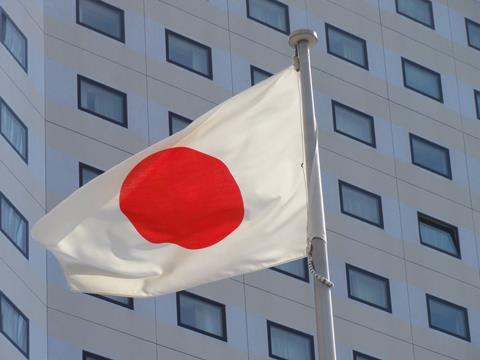Supply chains have been disrupted since 2009 after China withheld exports

Japan has discovered a new source of rare earth metals, breaking China’s stranglehold on the market and effectively redesigning its own disrupted supply chains.
A team of scientists from the University of Japan discovered the sea-based reserves two years ago and, after further exploration of the Pacific location, they are thought to be in far greater concentrations than all land-based deposits.
Crucially, the deposits are also relatively easy to access.
The US, European Union and Japan were caught off guard in 2009 after China, which accounts for 97% of global supply, began restricting exports. As the countries scrambled to find more resources, supply chains across the globe suffered severe disruptions according to experts.
University of Japan professor Yashuhiro Kato told UK newspaper the Daily Telegraph that a single ship drilling in the target zone at Minami-Torishima could supply Japan’s needs for a year, breaking strategic dependence at minimal cost. “We don’t need to mine it intensively. All we need is enough to force China to lower its prices,” he said.
Rare earth metals are used in Japan by manufactures of high-tech products including plasma televisions, lasers and catalytic converters for cars. The nation consumes half the world’s rare metals in its car, electronics and environmental industries.
Prized among rare earth metals is dysprosium, which is a super strong magnet that remains stable at very high temperatures. Neodymium is used in hybrid cars, while terbium can significantly reduce power use for low-energy lightbulbs.
These metals are also deployed in precision-guided weaponry used by the US military. The US defence and energy departments have made it an urgent priority to find other sources, but warn that it may take up to a decade to rebuild the supply chain.




















No comments yet